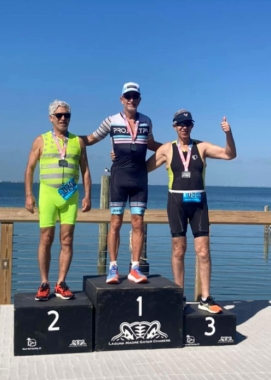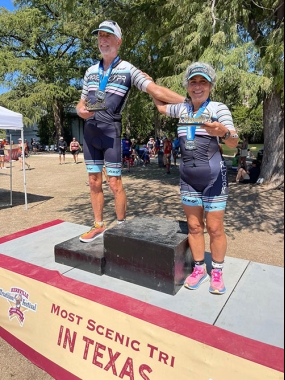An amazing 10 years
Today marks the 10th anniversary of my 1st hip resurfacing by Dr Gross. My second will have it’s 10 year anniversary (this year). I can’t believe it’s been 10 years but it’s been an amazing 10 years. Skiing, snowboarding, hiking, golf, travel, sleep have all been made so much better. Heck even walking the aisles at Costco is a joy after my surgeries.






